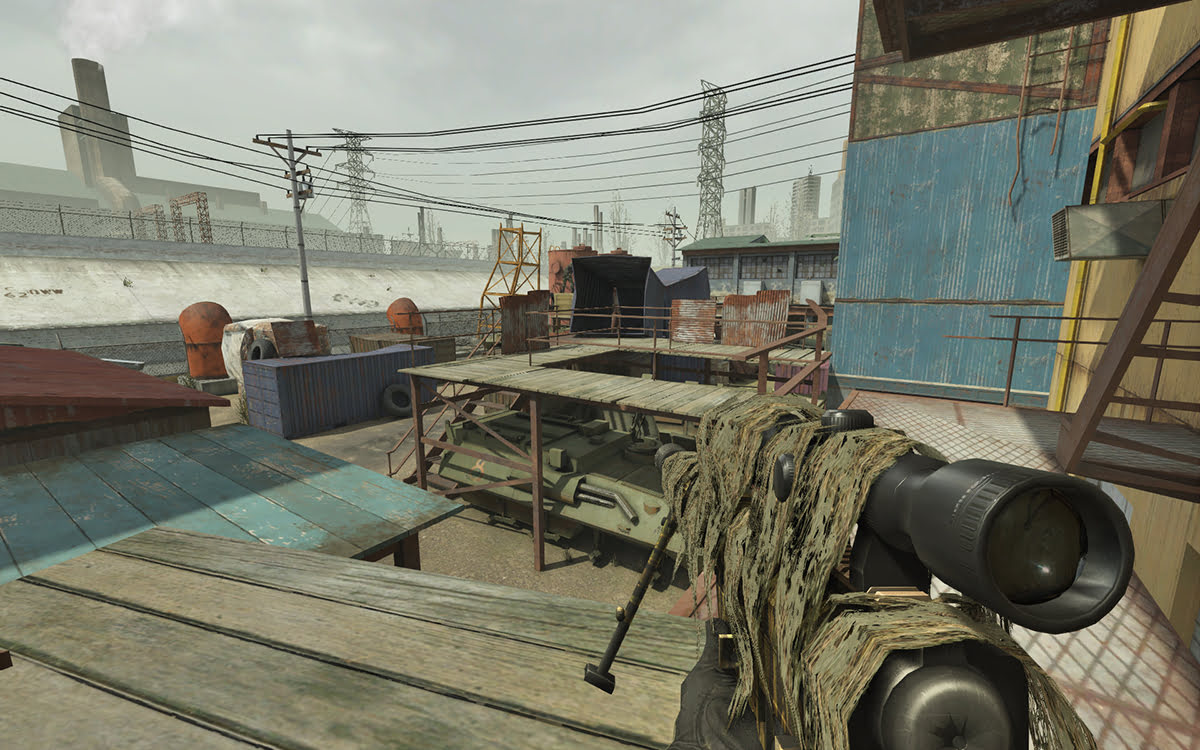

In that furnace (the War) they were shown up, every one, for what they were.”īorn on Friday, November 17, 1916, in Greenville, Mississippi, Shelby Dade Foote, Jr., grew up in a relatively cosmopolitan atmosphere-or at least cosmopolitan by the standards of the early-century American South. Ralph Waldo Emerson once said that there is “properly no history only biography,” and to reread Foote is to see how the greatest historians are those who recognize that the past, like the present, is shaped by flawed, flesh-and-blood individuals, from presidents to foot soldiers. It decided once and for all which way we were going, and we’ve gone.” “What a war! Everything we are or will be goes right back to that period. “The further I go in my studies, the more amazed I am,” he told Walker Percy in 1956. Written in longhand in his house in West Tennessee, The Civil War is a twentieth-century book about a nineteenth-century clash that resonates still in the twenty-first. Now, on the occasion of the 150th anniversary of the beginning of the war, Foote’s masterpiece is getting a new look from readers in search of the truth about a seemingly distant conflict so encrusted in myth. “Don’t underrate it as a thing that can claim a man’s whole waking mind for years on end,” Foote wrote of the war.

In a notable case of literary understatement, Foote later observed, “It expanded as I wrote”-ultimately to just over 1,500,000 words, or, as Foote said, “a third of a million longer than Gibbon’s Decline & Fall, which took about the same length of time to write.” The war had come alive to him-he heard the hoofbeats and smelled the gunpowder and felt the anguish and the anxiety of Lincoln and Davis and the hundreds of thousands of unknown soldiers. By the time he finished the third volume of his The Civil War: A Narrative, he would be fifty-six. “Fiction is hard work,” he recalled thinking “history I figured, well, there’s not much to that.”įoote was then thirty-seven. For Foote the plan was to get the book done fast and return to writing novels. The target was 200,000 words the advance, four hundred dollars. In midsummer the author traveled from his home in Memphis to meet with the publisher in New York, and the two came to terms. In 1954, with the centennial of the end of the Civil War approaching, Bennett Cerf, the president of Random House, wrote the novelist Shelby Foote to propose a “short history” of the conflict. In February 1968, the Cobra GT 500-KR "King of the Road" under the hood was a 428 cubic-inch Cobra Jet V8 which was rated at 335 horsepower.It was supposed to be a brief assignment-eighteen months or so, tops. For 1968, the Cobra name was applied to both models, and they were now marketed as the Shelby Cobra GT 350 and the Shelby Cobra GT 500. The car sold at Mecum's 2013 Indianapolis auction for $1.3 million USD. No cars other than the prototype were built due to limited interest. The car was capable of speeds over 150Â mph hitting 170Â mph during a demonstration (by Shelby himself) of Goodyear's Thunderbolt tires. One 1967 Fastback was built as the "Super Snake" - a GT-500 equipped with a 427 FE engine producing over 500 horsepower. Shelby American had substantially less involvement after this time. Smith Company of Ionia, Michigan, under Ford control. In September 1967, production was moved to the A.O.

These later cars carried over few of the performance modifications of the 1965–66 GT350s, although they did feature more cosmetic changes. The GT 500 was added to the lineup, equipped with the 428 Police Interceptor. For 1967, the GT 350 carried over the K-Code high performance 289 with a 'COBRA' aluminum hi-rise. 1968 SHELBY GT500 - The Shelby is a higher performance variant of the Ford Mustang which was built by Shelby American from 1965 to 1967, and Shelby Automotive from 1968 to 1970.


 0 kommentar(er)
0 kommentar(er)
